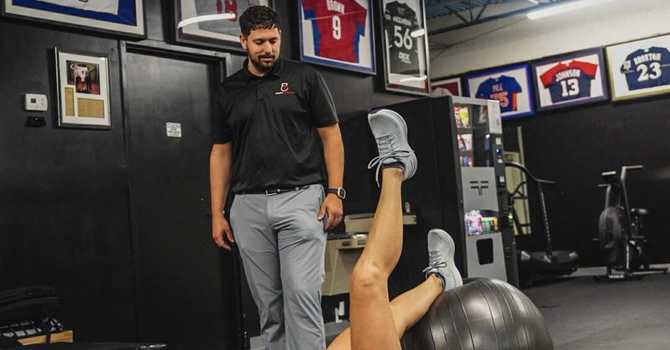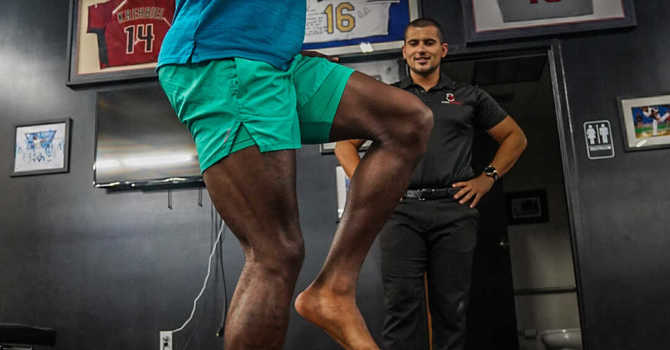Hip Pain and Injuries
The hip joint is a complex structure that needs equal amounts of mobility and stability.
If you're experiencing hip pain or have suffered an injury to the hip, it is crucial to have an evaluation to determine what is the source of pain to prevent further injuries up and down the chain such as low back pain or knee pain. Understanding the complexity of the hip joint and the surrounding structures is vital to planning appropriate treatment and a rehabilitation program. Hip pain is something that almost everyone experiences, but not something everyone takes into account for causing pain in other areas. Addressing these biomechanical dysfunctions are the hip will lead to further progress in other regions of the body, including the low back.
Common Hip Injuries
These are the most common hip conditions seen in our office
Hip Joint Pain (Deep):
- Hip Labral Tears
- FAI (Femoral Acetabular Impingement)
- Hip Sprain
- Hip Osteoarthritis
- Femoral Avascular Necrosis
Hip Muscle Pain (Superficial):
- Hip Flexor Strain
- Gluteal Tendinopathy
- Greater Trochanteric Bursitis
- Adductor Strain
- TFL Syndrome
Common Hip Pain Treatments
Physiotherapy is crucial for hip-related injuries.
When it comes to hip pain, the vital component of all rehabilitation is determining whether the hip needs more mobility (the ability to go through a range of motion) or more stability (the ability to control movements). Once this is determined, most care plans for hip-related injuries include Chiropractic manipulation, manual therapy, dry needling, Pulse PEMF therapy, and physiotherapy.
Manual therapy around the surrounding structures can produce significant increases in the range of motion of the hip, however, to maintain the short-term gains the manual therapy has produced, one must perform a recommended trial of exercises to maintain the progress.


